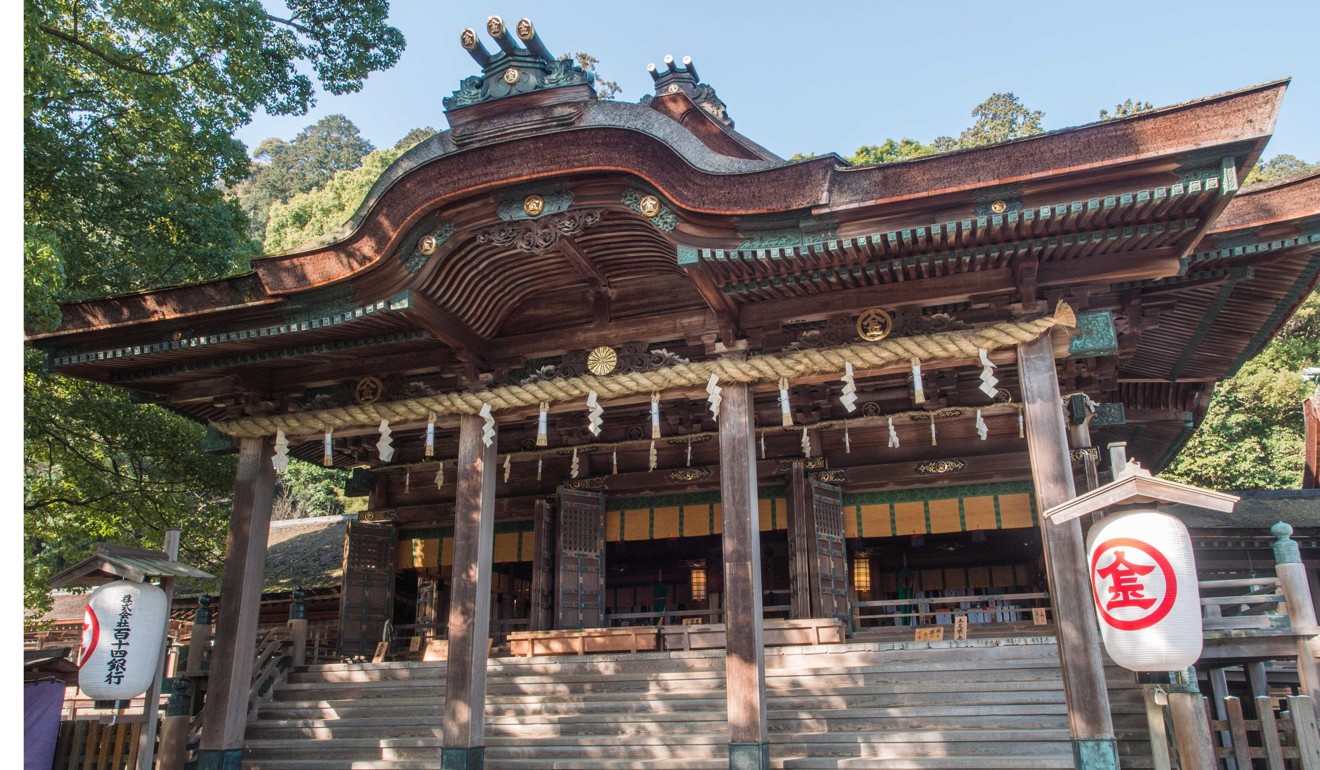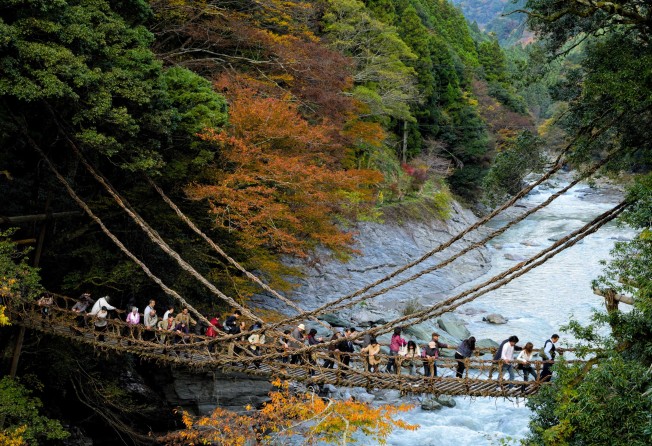
Shikoku reveals the beauty of nature
- Japan’s smallest island, has a great deal to offer – from picturesque scenery to a beautiful shrine, hot springs and a dance museum

The smallest of the four main islands that make up Japan, Shikoku is less visited compared to other parts of the country despite its mild climate, natural scenery, historical places and traditional festivals. Literally meaning “four countries”, Shikoku comprises Tokushima, Kagawa, Ehime and Kochi prefectures.
Once considered a remote destination, Shikoku is now easily accessible with the connection of three highway bridges across the Seto Inland Sea to Honshu (Japan’s main island). From Hong Kong, Hong Kong Express has direct flights to Takamatsu in Kagawa, and Cathay Dragon has just launched a scheduled service until March.

While Shikoku is often overlooked as a tourist destination, it has some of Japan’s most renowned attractions – such as the Naruto whirlpools in Tokushima, one of the largest in the world; Konpira (or Kompira) Shrine in Kagawa, a place many Japanese wish to visit at least once in their lifetime; and Dogo hot spring in Ehime, one of the oldest in the country.
With an area of 18,800 square kilometres, Shikoku is too big to be covered in a single trip. For visitors who have only a few days to spare, Tokushima and Kagawa are good starting points as the two neighbouring prefectures boast many of Shikoku’s attractions and can be reached easily by bus from Osaka’s airport and city centre in less than three hours. The capital of Tokushima prefecture, Tokushima is a coastal city with plenty of 3- to 4-star hotels and restaurants. A key attraction is the Awa Dance Museum (Awa Odori Kaikan), where the renowned traditional dance of Tokushima is performed throughout the year. On the top of the museum is a ropeway leading to the summit of Mount Bizan, which offers panoramic views of the city. Another attraction is Tokushima Central Park which was built around the ruins of Tokushima Castle. The city is also the gateway to the world-famous Naruto whirlpools about 40 minutes by bus from the centre. The Naruto Strait produces whirlpools of up to 20 metres in diameter, some of the largest in the world.
Tokushima is also the gateway to the world-famous Naruto Whirlpools about 40 minutes by bus from the city centre. The Naruto Strait produces whirlpools of up to 20 metres in diameter
Visitors can watch the whirlpools from the glass panel on the Great Naruto Bridge across the strait. Those who want more excitement can join one of the sightseeing boats which pass above the whirlpools.
For hikers and nature lovers, the Iya Valley and the Oboke and Koboke gorges deep in the mountains of western Tokushima are the places to go. Iya Valley is known for its hot springs and outdoor activities. It is home to the country’s few remaining vine bridges built in ancient times by locals for daily commuting.
Today, crossing a suspended vine bridge has become a breathtaking experience for visitors.
At the entrance of the Iya Valley is the Oboke Gorge, which is known as the Koboke Gorge 3km downstream. These are narrow, steep-sided gorges with emerald green water and swirling rapids. Visitors can join a cruise on a sightseeing boat or take part in activities such as canyoning and white water rafting. For those who are looking for a place to relax, there are several hot spring resorts with stunning views of the valley.
Kagawa, the smallest prefecture in Japan, has few attractions but is known for its Konpira Shrine in Kotohira, about an hour by train from the capital city of Takamatsu. The “God of the Sea” has been worshipped by the Japanese since ancient times. Located on a hill, the shrine is also known for its long staircase of 1,368 steps, making the visit particularly challenging.
Back in Takamatsu, the key attraction is the Ritsurin Garden completed in 1745. It is one of the most historical gardens in Japan, with six ponds and 13 landscaped hills. There is also a teahouse within the pretty landscape.
Takamatsu is also the gateway to several outlying islands popular among tourists. Naoshima is known as an art island with a number of art installations and two art museums designed by architect Tadao Ando. It is also a place for swimming and fishing in the summer.
Another island, Shodoshima, is known for its beautiful natural scenery, including the “Angel Road”, a sandbar which appears at low tide.
Both islands can be reached in an hour by ferry from the port of Takamatsu. A visit to Shikoku is incomplete without sampling its famous food, such as Sanuki (a place in Kagawa) udon noodles, Tokushima ramen, Awa-odori chicken, Honetsuki-dori chicken, and Katsuo no Tataki bonito fish.